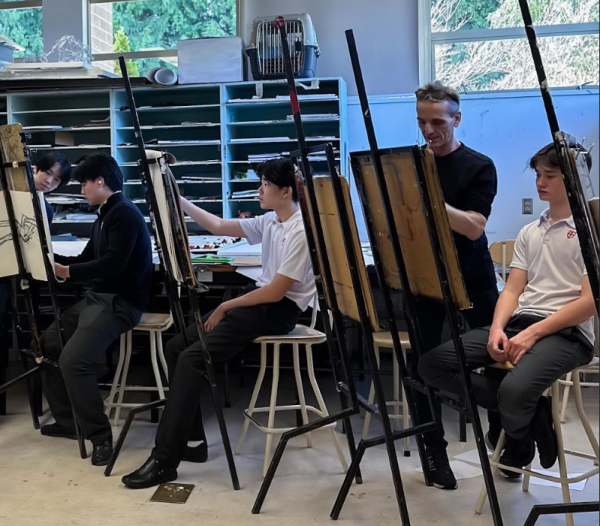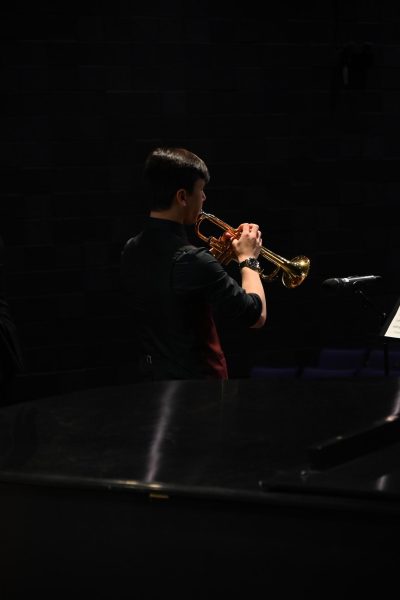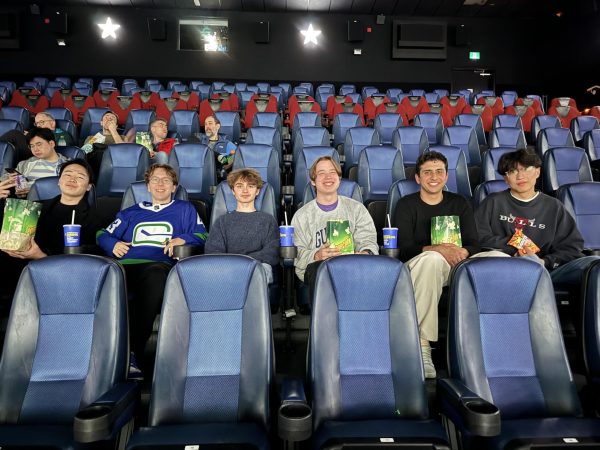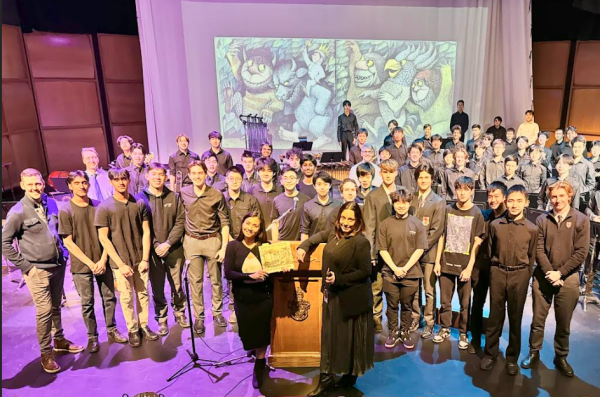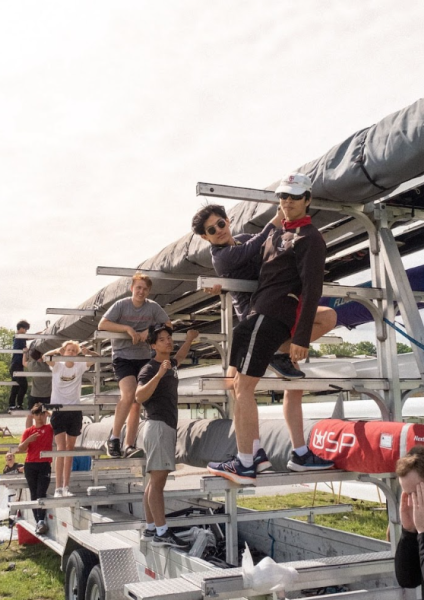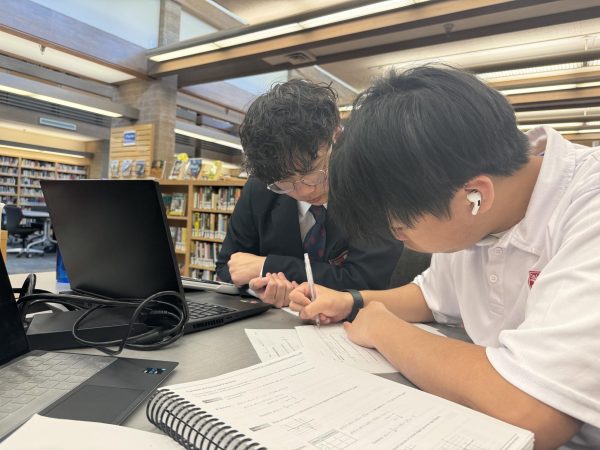Frozen: Disney is growing up
A short Op-Ed on the progressive content in Frozen.
With two Oscars, a Golden Globe, and as the 18th film ever to hit one billion dollars in box office sales, Disney’s Frozen is not going anywhere.
Disney created a motion picture for a modern audience, and its connection with the contemporary demographic of children continues to be a driving force behind its reviews and sales.
While some critics accuse Frozen of going along with a progressive agenda, I believe that it is merely trying to present today’s issues in a resonating format.
 Let’s begin with Anna. Headstrong, optimistic, and socially isolated, she is a spitting image of Rapunzel from Tangled, plucked and dropped into a sealed castle instead of a tower. She knocks things over, tosses a snowball at an ice monster, and dives off a cliff. Not your typical I-lost-my-glass-slipper-Cinderella princess.
Let’s begin with Anna. Headstrong, optimistic, and socially isolated, she is a spitting image of Rapunzel from Tangled, plucked and dropped into a sealed castle instead of a tower. She knocks things over, tosses a snowball at an ice monster, and dives off a cliff. Not your typical I-lost-my-glass-slipper-Cinderella princess.
 Until Mulan, there was no clumsy Disney princess, and while some princesses have shown romantic tendencies, Disney has depicted princesses who are passive and keep to themselves.
Until Mulan, there was no clumsy Disney princess, and while some princesses have shown romantic tendencies, Disney has depicted princesses who are passive and keep to themselves.
Anna blows them all away, racking up more points in romantic tension and even arguably, sexual tension, than all her counterparts combined.
Let’s not forget about Kristoff! He is Disney’s attempt at defining modern masculinity. He is neither a doormat nor the hero, but instead an equal.
He spends the entire movie with a headstrong Anna, yet isn’t afraid to admit when she is right and call her out when she isn’t. He is a partner, and values Anna’s keen sense of adventure.
Elsa is the queen. No Disney movie has ever put the responsibility of ruling a kingdom to a princess before. All the princesses before Elsa find princes to marry and stand next to them looking pretty. With Frozen, Disney introduces (finally!) the princess-turned-queen that everyone loves and obeys.
After Elsa’s childhood accident, her parents isolated her. She is taught to “Conceal, don’t feel”, and was basically led to social and emotional castration. When she runs away, she finds beauty in herself and belts out the Oscar-winning “Let it Go“.
In many ways, this is Disney’s salute to everyone, in particular, children, being discriminated by society for being themselves.
Wandering Oaken’s Trading Post (and Sauna) made headlines in the media for including the first gay character ever introduced by Disney’s studios. When the giant trader mentions the sauna, we cut to a shot of his family in the sauna, with, presumably, his partner in the middle.
The best part about this is that Disney doesn’t make a big deal of it. Oaken was animated as a compelling and genuine character, and the fact that he’s gay and has a family didn’t need to be pointed out.
Disney makes fun of itself for its choice of story endings. Frozen tackles the problem of getting married to a person that you just met through Elsa’s refusal to bless Anna and Hans’ marriage and Kristoff’s surprise at Anna’s decision. While Disney’s Brave took a swipe at arranged marriages, Frozen takes out the idea that ‘all women want marriage’ altogether.
Frozen is bold step in the right direction for Disney. A large chunk of the film’s appeal lies in its connections to the modern family audience. If Disney is to take away any lessons from this movie, it’s to keep doing what they’re doing, but to please leave out the tinkling in the woods.
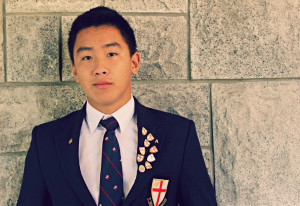
Kevin is a senior student at St. George's School. He has an eclectic variety of interests ranging from political science to graphic design. At school,...












